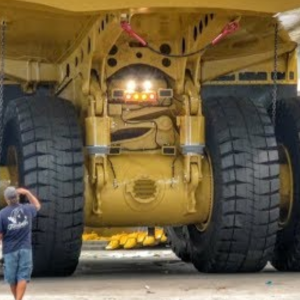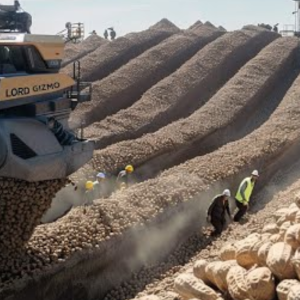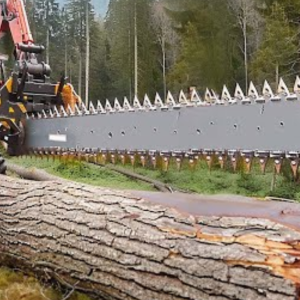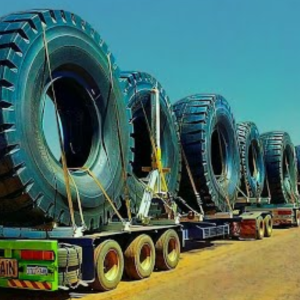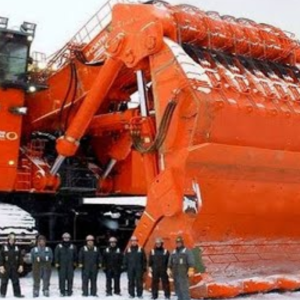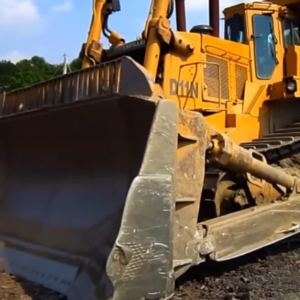In the world of mining, few machines are as impressive as draglines. These monster mining machines play a crucial role in excavating earth and minerals, transforming the landscape and facilitating the extraction of valuable resources. Understanding how draglines work unveils the sophistication and power behind these engineering marvels.
The Anatomy of a Dragline
Draglines are massive excavating machines, typically used in surface mining operations. They consist of several key components that work in unison to perform their tasks efficiently. The primary parts include:
- Boom: A long, lattice-like arm that extends from the machine, allowing it to reach over a wide area.
- Bucket: Attached to the boom by a series of cables and ropes, the bucket is used to scoop up earth and minerals.
- Cabling System: This intricate network of cables controls the bucket’s movement, enabling it to dig, lift, and dump materials.
- Base and Power System: The base supports the entire structure, while the power system, often electric, provides the necessary force to operate the machine.

Operating a Dragline
The operation of a dragline is both an art and a science. Operators, highly skilled in their craft, control the machine from a cab situated on the base. Using a combination of levers and pedals, they maneuver the bucket to the desired digging location. Here’s a step-by-step breakdown of how draglines work:
- Positioning the Bucket: The operator swings the boom to position the bucket above the excavation site.
- Digging: The bucket is lowered and dragged across the ground to scoop up material. This action is facilitated by the drag cables pulling the bucket towards the machine.
- Lifting: Once filled, the bucket is lifted using hoist cables.

- Swinging: The operator then swings the boom to the dump location.
- Dumping: The bucket is tipped, releasing its contents at the designated spot. This process can be repeated hundreds of times a day.
Applications of Draglines
Draglines are predominantly used in coal mining, where they remove overburden to expose coal seams. However, their applications extend to various other mining activities, such as:
- Sand and Gravel Mining: Draglines efficiently remove material from pits.
- Phosphate Mining: These machines are essential in extracting phosphate rock from the ground.
- Heavy Construction: Draglines are also utilized in large-scale construction projects, such as building dams and port facilities.

Advancements in Dragline Technology
Modern draglines incorporate advanced technologies to enhance efficiency and safety. GPS and computer systems allow for precise control and monitoring of the excavation process. Additionally, efforts are being made to reduce the environmental impact of dragline operations through innovations in energy efficiency and dust control. 
Conclusion
Draglines are quintessential monster mining machines, showcasing the pinnacle of engineering prowess in the mining industry. Their ability to move vast amounts of earth with precision and power is unmatched. As technology continues to evolve, draglines will undoubtedly become even more efficient, further solidifying their role as indispensable tools in the world of mining. Understanding how these machines work not only highlights their importance but also the ingenuity involved in their design and operation.
